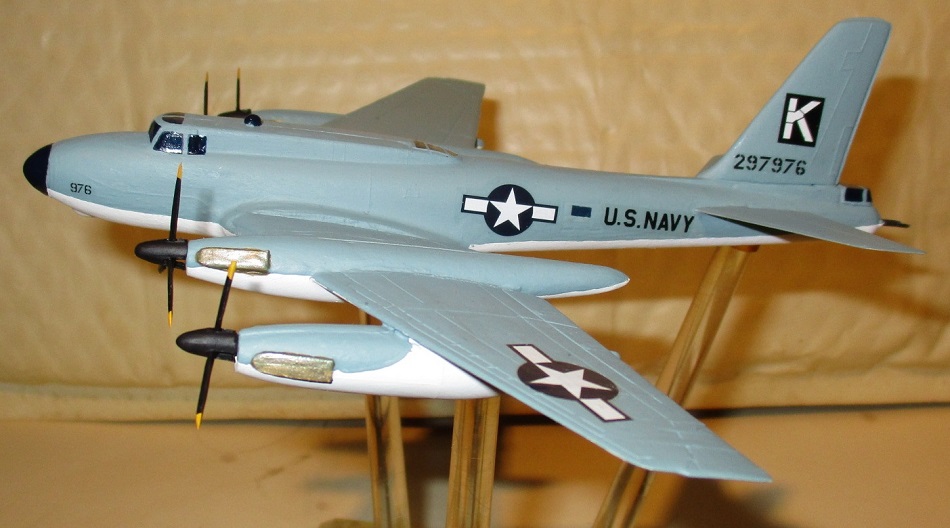
Boeing's B-17 Flying Fortress is legendary and even spawned a derivative for U.S. Navy service, the PB-1W:
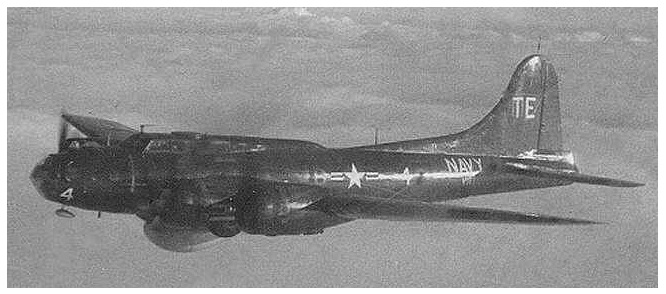
Almost completely forgotten today is an even more advanced version employing swept-wing technology, the U.S. Navy's Boeing PB-1SW.
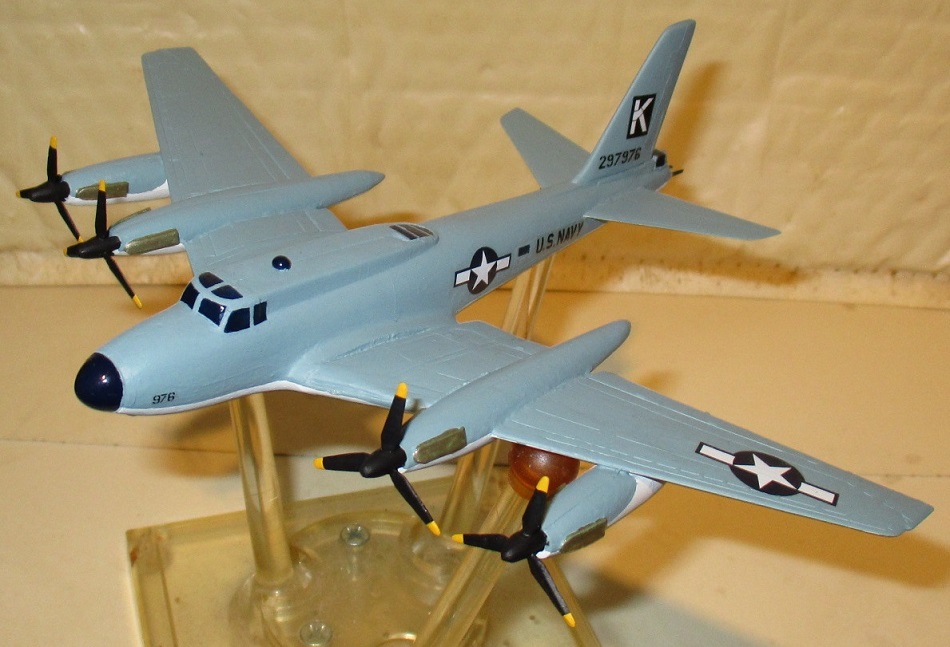
By 1946, the war had ended in Europe and the allies made off with a treasure-trove of captured technology, including the swept wing.
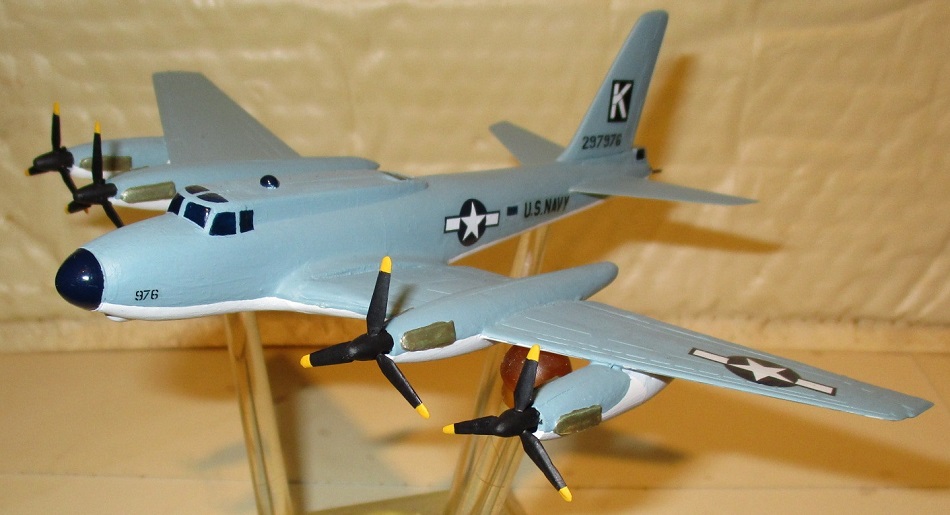
Boeing was asked to employ this new aerodynamic breakthrough on a B-17 along with top-secret inline Packard Merlin XXXL engines of undisclosed horsepower.
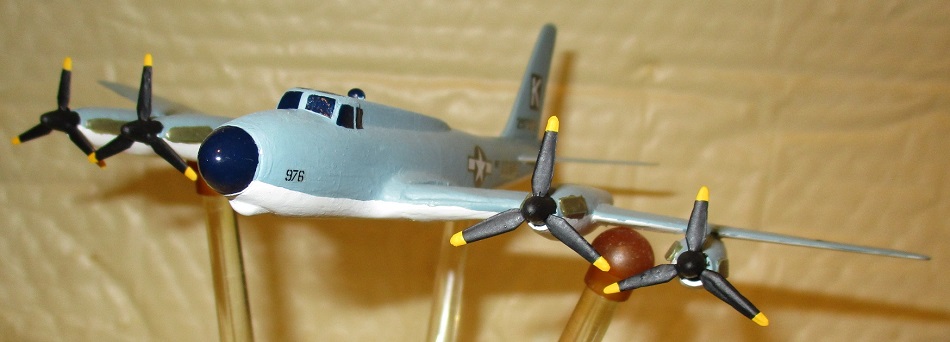
While the new aircraft, dubbed the PB-1SW excelled in flight tests, the Army Air Force bailed out of the project due to the unexpected dual successes of the B-29 Superfortress and B-32 Dominator. This left only the Navy as a potential customer.
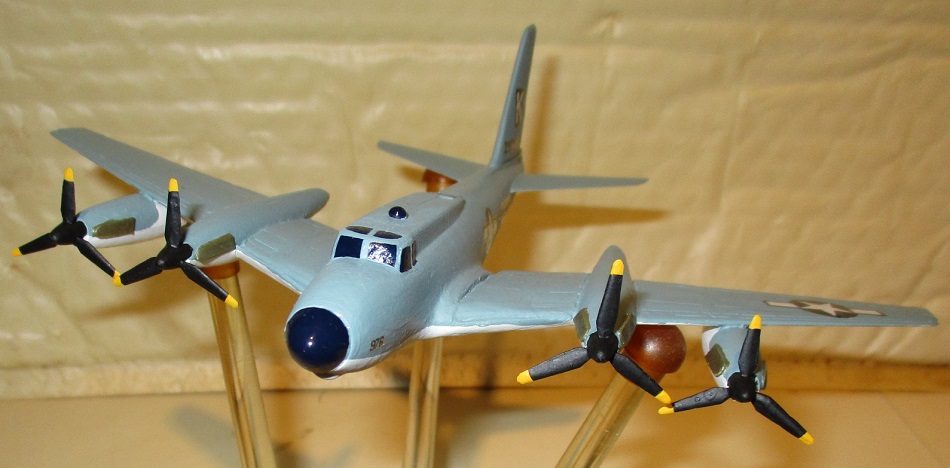
After the A-bomb fizzled making the Manhattan Project look more like a derelict housing project, the Japanese continued to doggedly hold on in the Pacific. The U.S. Navy needed a long-range, fast patrol 'plane and thought the PB-1SW would fit the bill nicely.
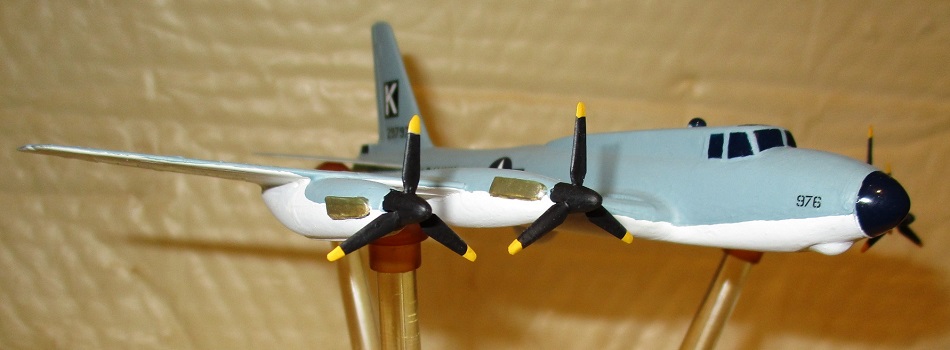
The timing couldn't have been better. In late 1945, long-range Japanese subs attacked allied outposts all along the far edge of the war zone. By 1946, they were rumored to be launching an even more deadly offensive with a frightening new weapon.
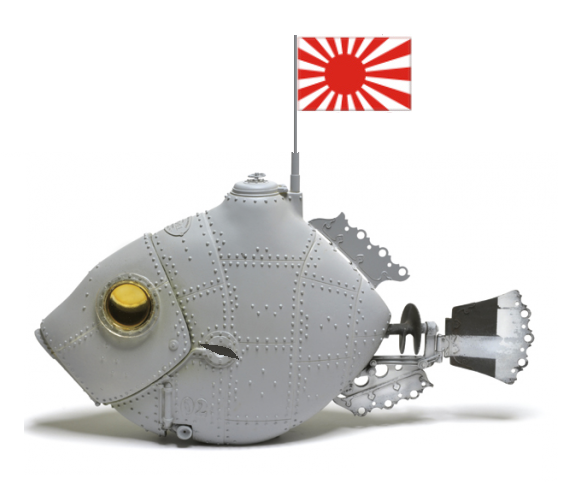
Before you could say "fish fry" there were panicked submarine sightings all along the U.S. west coast. For some reason, Washington state had the most scares which meant a lot of job security for the men and aircraft of the Navy's 30698th patrol squadron based in Bremerton.
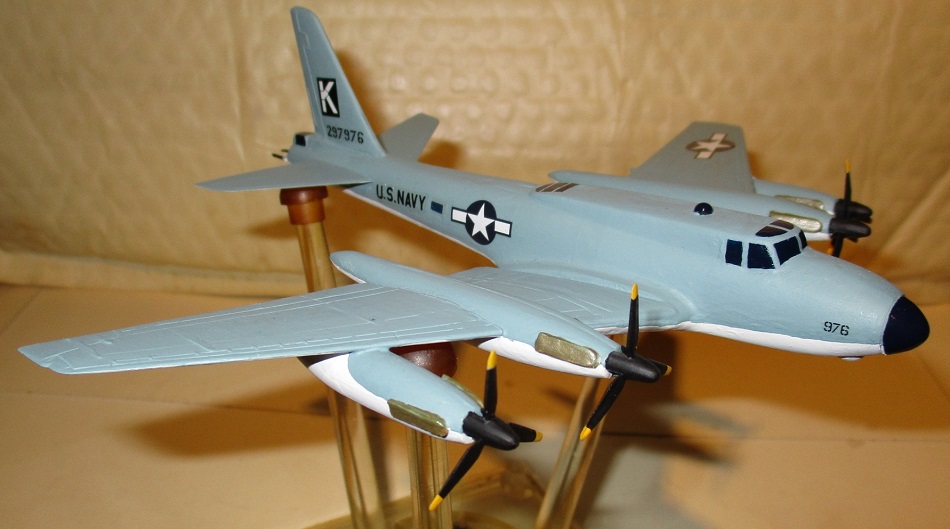
The men of the 30698th spent countless tedious hours scanning the empty ocean. Most of the reports they received were just cases of war nerves or mis-identifying breaching whales. However, in the early evening of April 31st, a sub was definitively sighted and PB-1SW 976 swooped in on the attack.
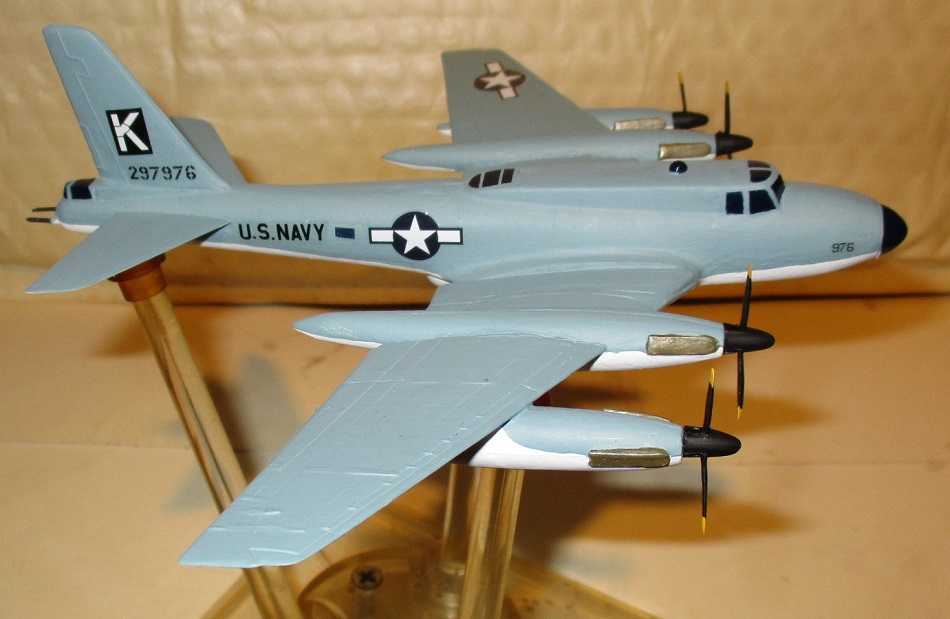
Getting a bead on their target, they dropped numerous depth-charges.
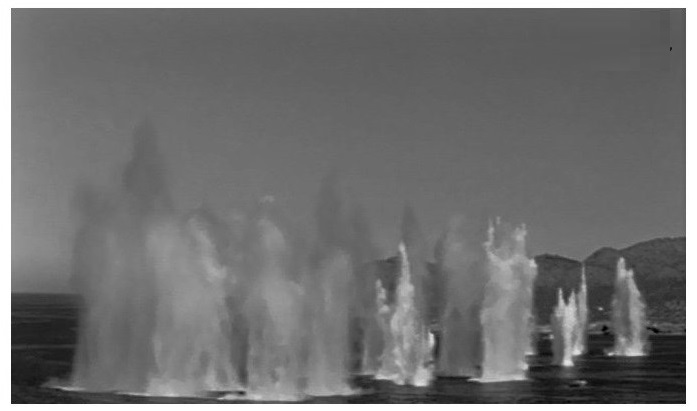
While these did little damage and the enemy escaped unharmed, at least the attack made a text-book pattern.
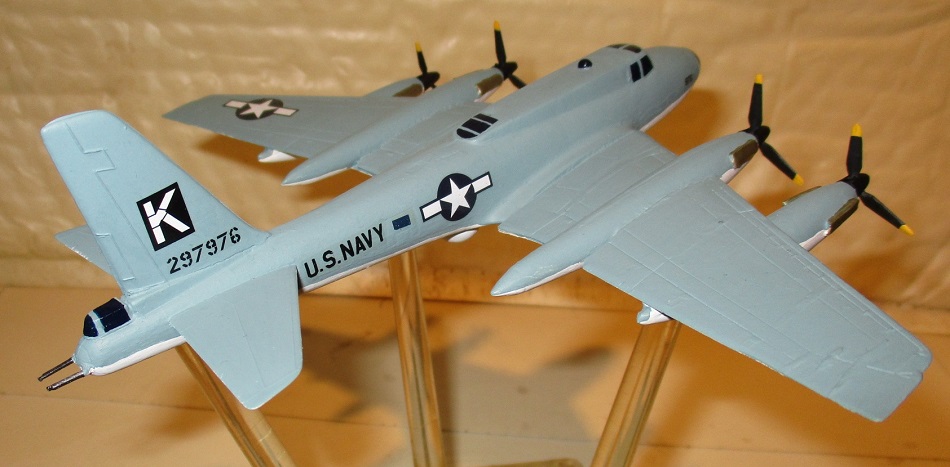
The weapons officer and sonar mate 3rd class would go on to distinguished careers as instructors at the Dry Gulch Naval Air Training Station in New Mexico.
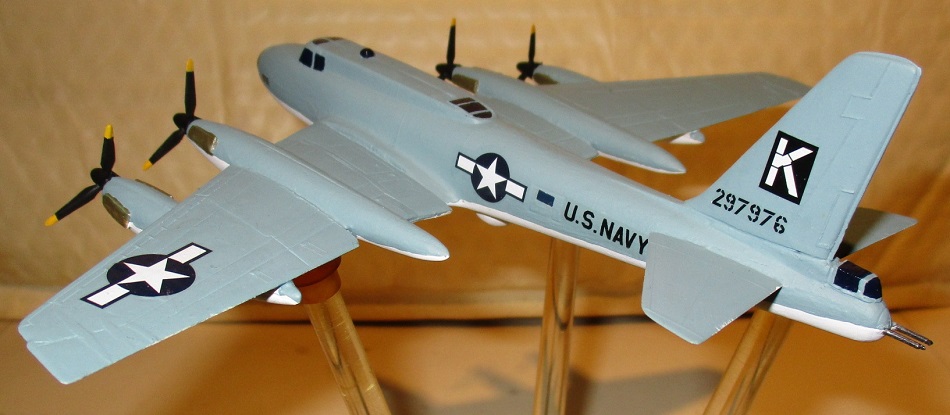
The Japanese would eventually surrender in 1947, unable to withstand the onslaught of chewing gum, Archie comics and Coca-Cola that were clandestinely smuggled into the country by the
O.S.S.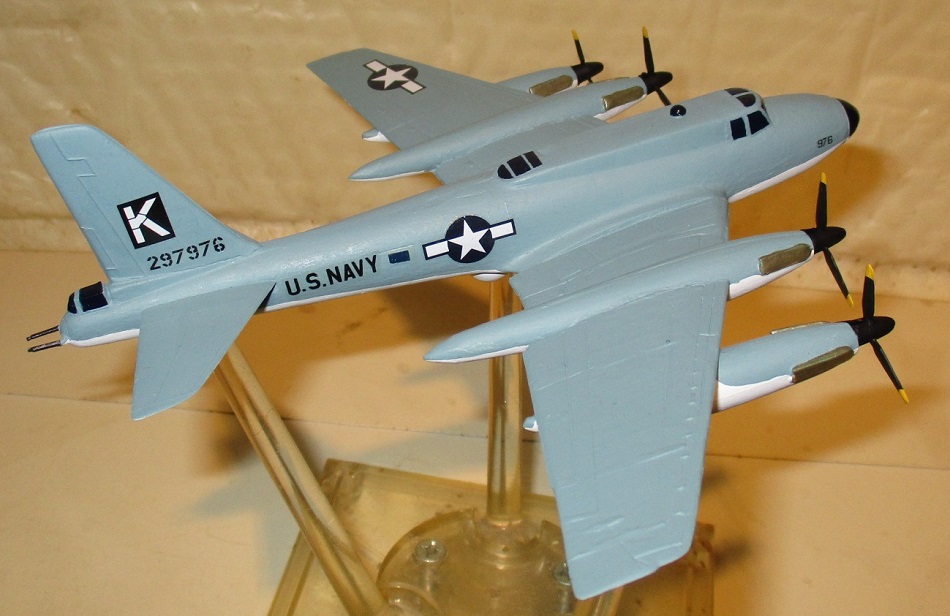
Only 29 Boeing PB-1SWs were ever built and they were quickly relegated to the scrap-heap as newer, more capable aircraft replaced them. Only one PB-1SW survived and after being revived from the boneyard, it was unfortunately destroyed in an accident while making a movie.
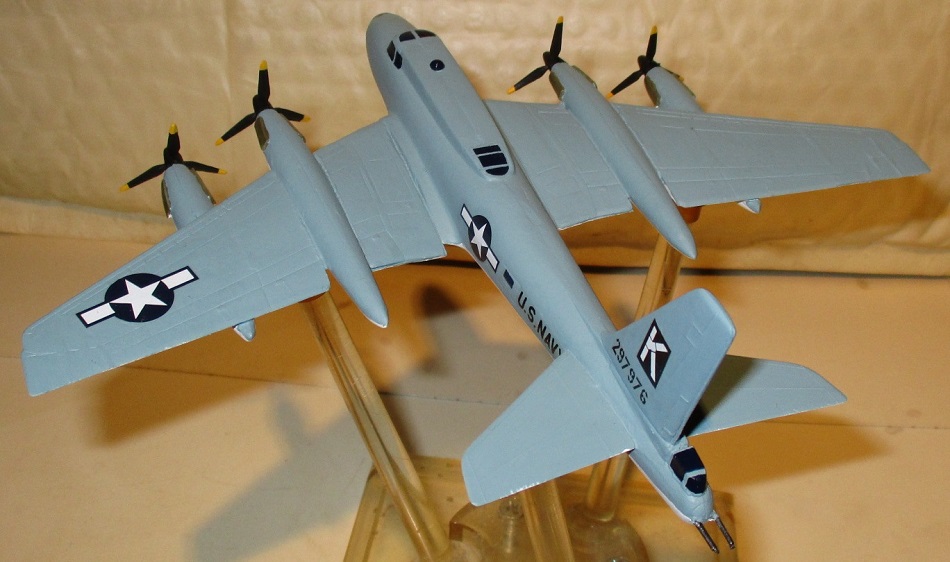
This patrol aircraft would be completely forgotten today except for a small cameo in a Dolt Desnie classic.
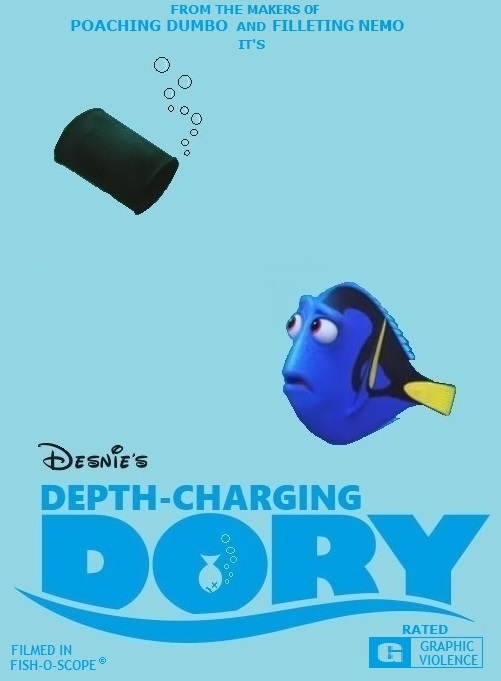
Even so, film buffs often confuse the PB-1SW with other, more notable aircraft. To this day, the so-called experts continue to insist this is all just a figment of someone's twisted imagination.
But some of us know better.
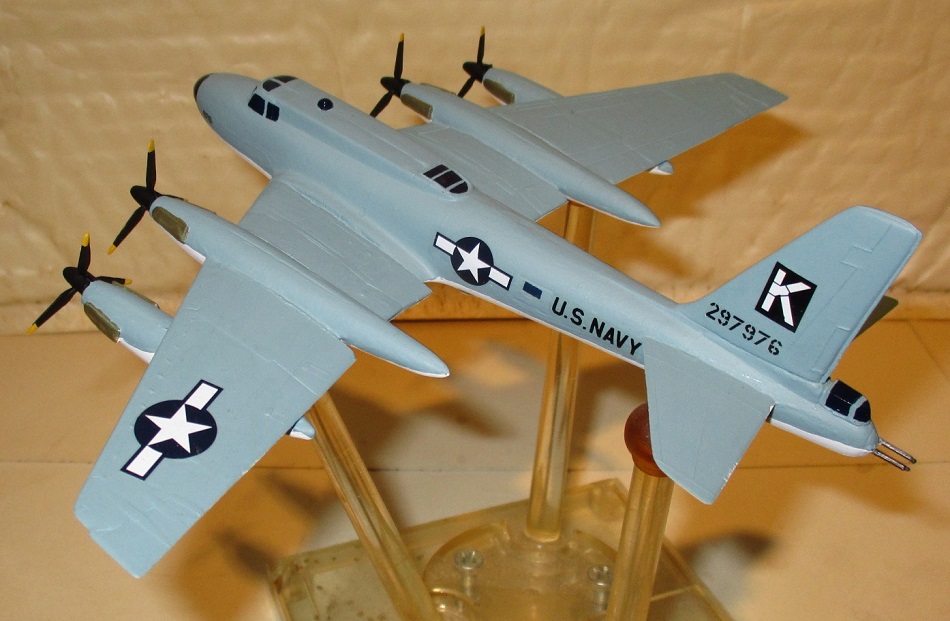
Brian da Basher